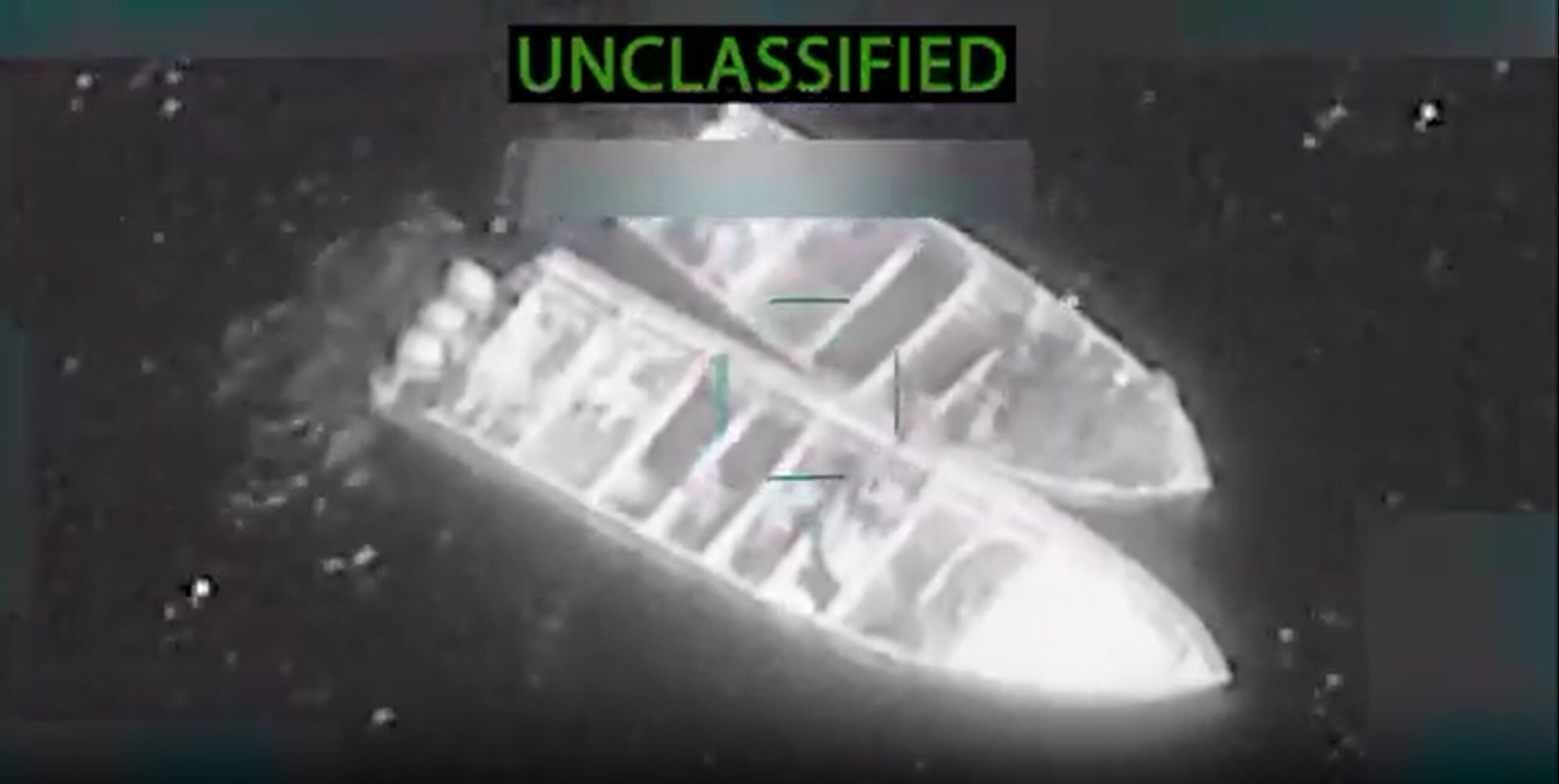PICTURED: The Chang’e-5 return module sits on the snow-covered ground in Inner Mongolia, smoldering from its reentry into Earth’s atmosphere.
On December 17th 2020, the Chinese space agency successfully returned 1.73 kilograms of lunar regolith (fancy words for moon rocks) to Earth that were captured by their Chang’e-5 mission. Now the rocks have been examined by Chinese scientists, and evidence contained within regarding the evolution of the Moon is revealed.
In a series of three papers Chinese scientists present evidence from the samples which included volcanic basalt rock dated to 2 billion years old. The youngest-ever lunar regolith to be dated precisely, they reveal how early volcanism on the Moon persisted for nearly a billion years longer than previously estimated.
As well as improving the accuracy of the crater counting method, a chronological means of dating planetary evolution, the basalts tell us the Moon was still evolving 2 billion years ago.
In a separate paper, the basalts were found to contain fewer traces of water than basalts from the older period of 2.8—4 billion years ago. This, the authors state, is evidence that volcanic activity not only persisted longer than we thought, but became much intense and continuous towards the end of the Moon’s volcanic period.
Lastly, in a third paper, the basalts were found to contain fewer heat-producing elements, suggesting the Moon cooled off more slowly, which would have affected the shifting of the Moon’s mantle.
PICTURED: Diagram of Chang’e-5 mission profile and equipment. Photo credit: Loren Roberts. CC 3.0.
The lander touched down in the northwest corner of the Moon’s near side, in a region called the Oceanus Procellarum, Latin for “Ocean of Storms”. In a 70 kilometer-long mound called Mons Rümker, Chinese scientists expected to find the youngest basalt rocks.
The lander touched down in two parts, the landing base, and the module which had an excavator arm. It dug up the basalts, stored them, tucked the arm into place, and used boosters and the Moon’s low gravity to fly back up to space. From there it docked with an orbiter and was sent home, landing in Inner Mongolia.
The Chang’e missions, named after the ancient Chinese moon goddess, have been a whirlwind success for the newly-joined member of the spacefaring nations.
In 2007 and 2010 China put lunar orbiters out into space as part of the Chang’e-1 and 2 missions. Chang’e-3 touched a lander down armed with a rover three years after that, while Chang’e-4, in January 2019, was the most ambitious project the program had attempted: to put a lander/rover pair equipped with an array of sensors on the far side of the Moon.
Director of the St. Louis-based McDonnell Center for the Space Sciences at Washington University, Bradley Jolliff, released a statement on the Chang’e-5 journey, and broadly defines the successes of what it has achieved.
“The samples collected and returned to Earth by Chang’e-5 are of one of the youngest volcanic surfaces on the moon,” he explains. “All of the volcanic rocks collected by Apollo were older than 3 billion years. And all of the young impact craters whose ages have been determined from the analysis of samples are younger than 1 billion years. So the Chang’e-5 samples will fill a critical gap”.
“The moon has critical resources for use in space, namely hydrogen and oxygen,” Jolliff said. “While water ice may be abundant at the poles, H and O are readily available everywhere on the moon, but likely concentrated and easy to harvest in the Aristarchus pyroclastic deposit to the south of the Chang’e-5 landing site”.



